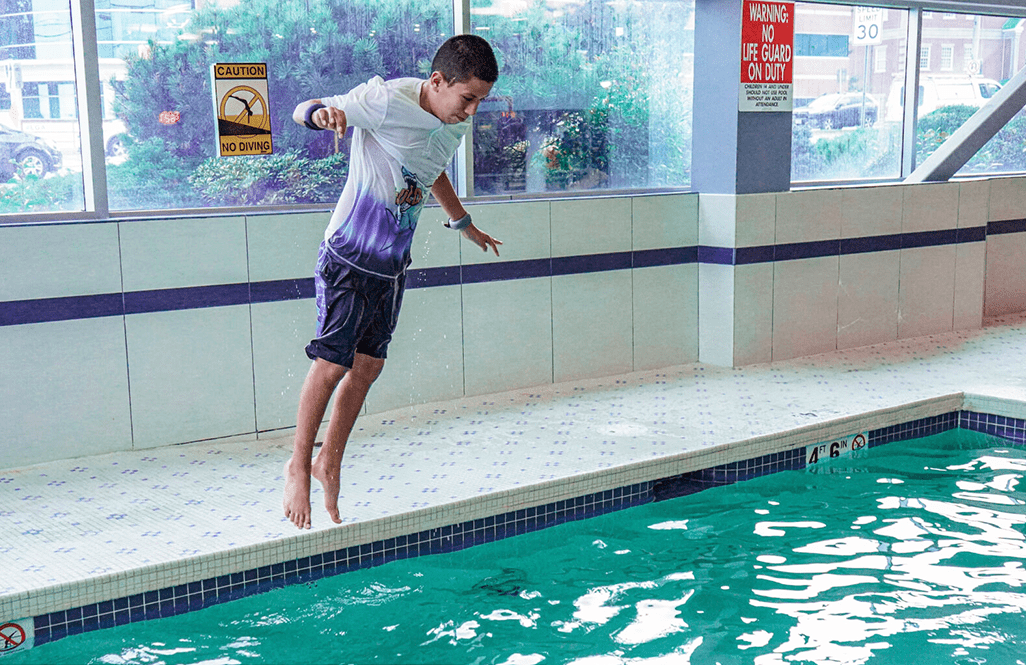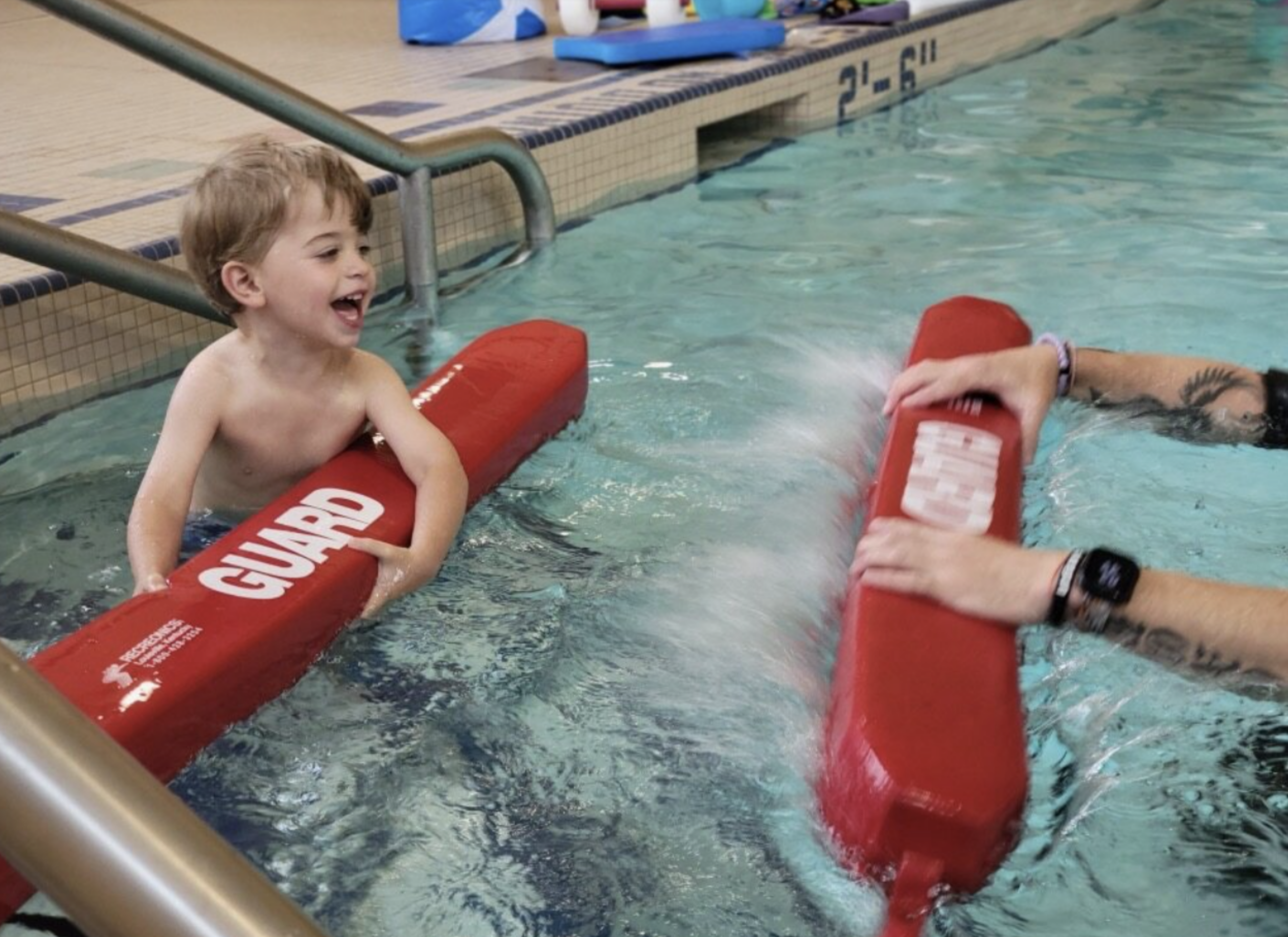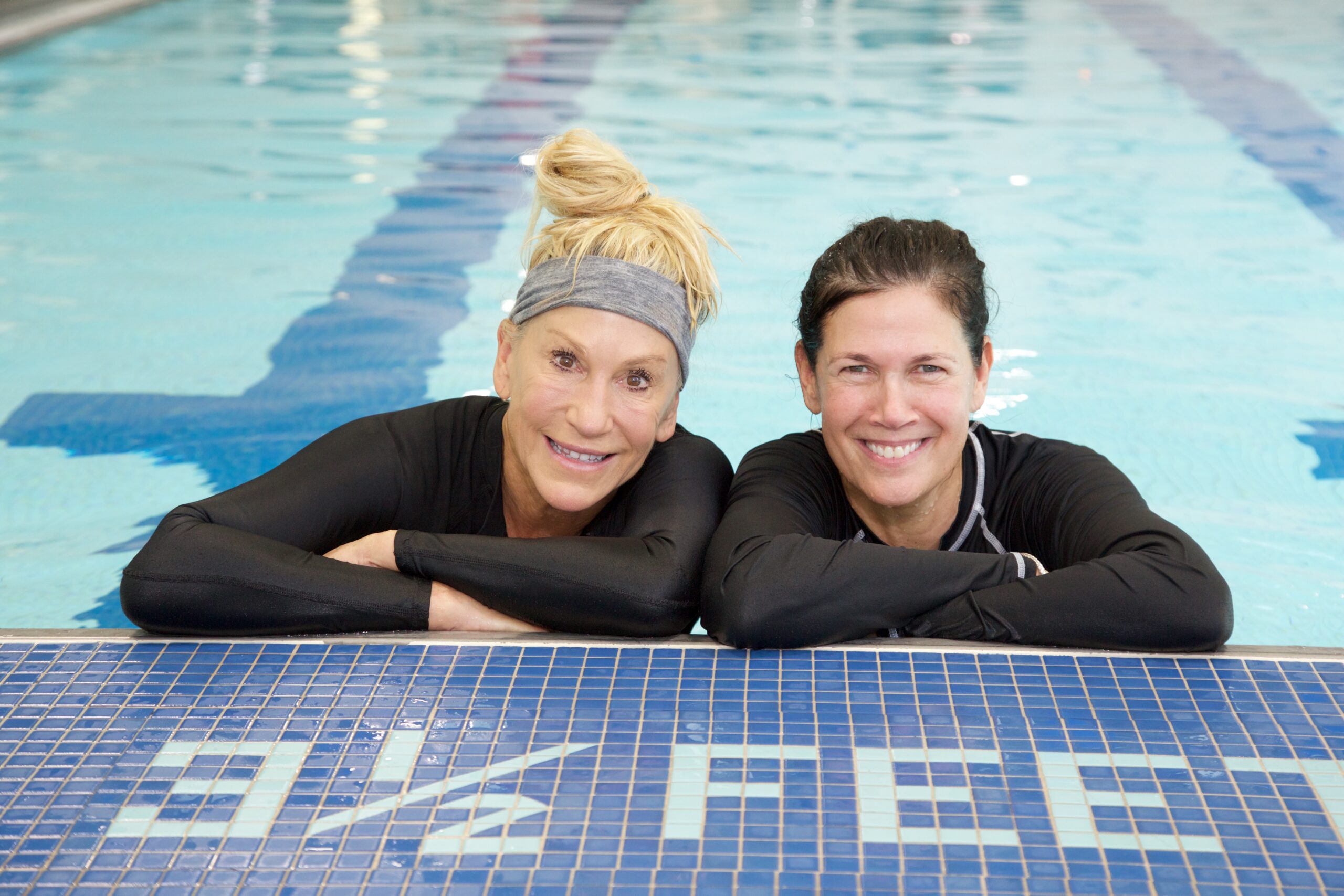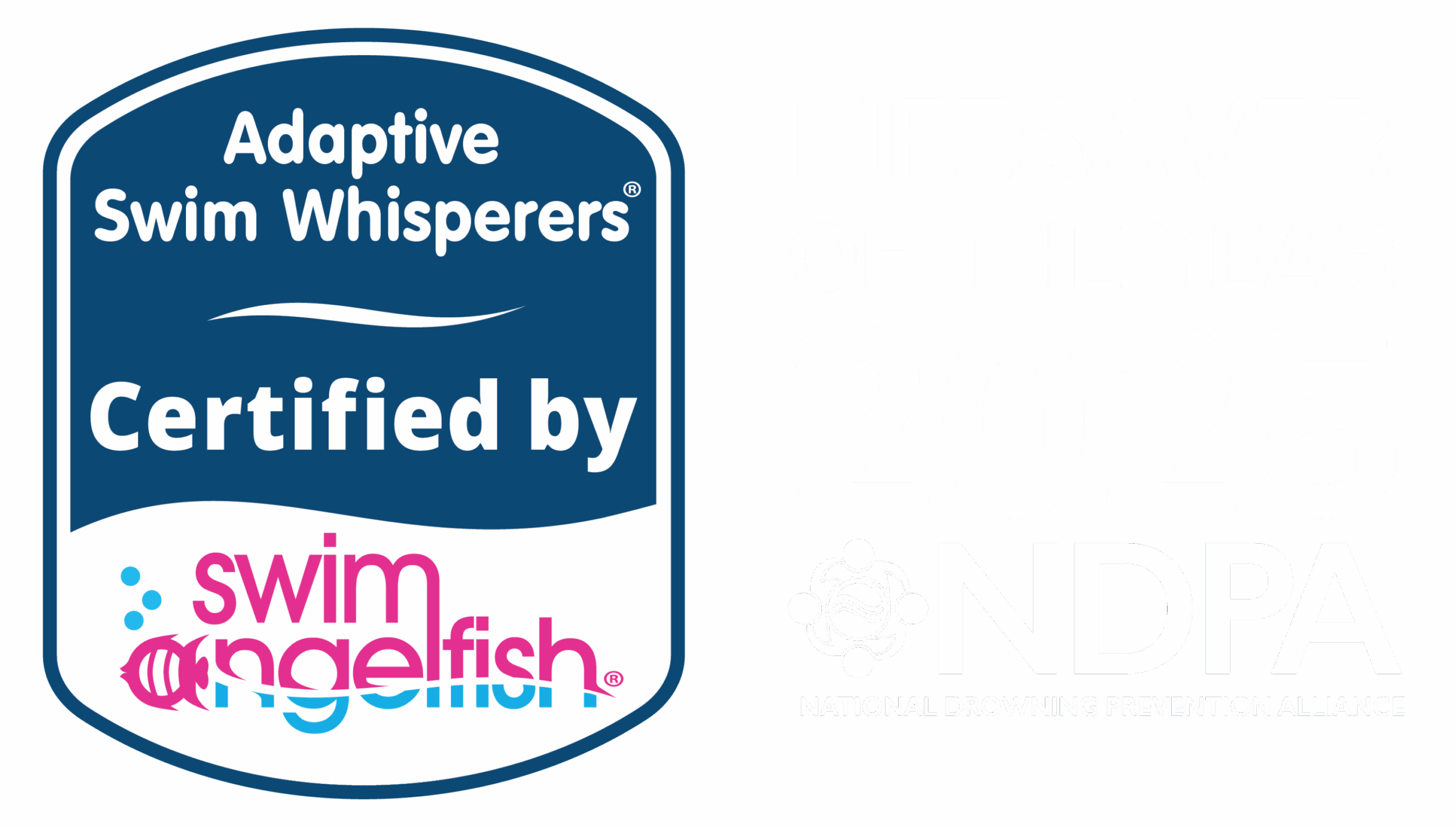Why Neurodivergent Swimmers Need a Different Lifeguard Approach

Imagine a child with sensory sensitivities entering a bustling, noisy pool environment. Their system immediately kicks into fight or flight, and they might start running, hands pressed over their ears as a coping mechanism, making loud shrieking noises. Now picture a common scenario where the lifeguard suddenly blows a loud whistle unexpectedly at them, shouting, “No running!”.
This will only escalate their emotional state of fight or flight. They will probably get upset and run faster from this intervention.
Giving Lifeguards strategies for when they see the soft signs of someone that may have sensory sensitivities can not only de-escalate a dangerous situation but create a safer, and more welcoming experience for families coming to swim with their children with Autism and other special needs.
Understanding Needs and Adapting the Approach
This scenario highlights a critical truth: lifeguarding swimmers with autism and sensory sensitivities requires a different approach and a deeper understanding of their specific needs.
Traditional responses, while effective for neurotypical individuals, can inadvertently create more danger and distress for those whose brains process the world differently. They can actually be counterproductive for neurodivergent swimmers.
Recognizing the “soft signs” of sensory overload – the subtle cues that indicate a swimmer is struggling with their environment – is not just beneficial, it’s essential.
Identifying the Soft Signs: What to Look For
Recognizing the early, subtle cues of sensory sensitivities or autism is crucial. Here are some “soft signs” that might indicate a swimmer needs a different approach:
Effective De-escalation Techniques for Lifeguards
Once you’ve identified the soft signs, the next step is responding in a way that de-escalates the situation and keeps everyone safe. This often means stepping away from traditional lifeguard interventions and adopting a more gentle, proactive approach.
Here are some strategies for guiding and supporting swimmers with sensory sensitivities or autism:

By implementing these proactive and understanding responses, lifeguards can not only prevent dangerous situations but also create a more positive and inclusive aquatic environment for all.
Your Free Resource: Adaptive Swim Tips for Lifeguards
You are doing a great job, but one thing that might be missing is understanding that every swimmer is different and standard lifeguarding techniques may need to be adapted. We’ve created a special resource just for lifeguards like you.
Watch our FREE “Adaptive Swim Tips for Lifeguards” video.
In this valuable resource, you will learn:
The Irresistible Pull: Why Some Swimmers Constantly Go Under
One of the biggest challenges, and a significant risk, when lifeguarding swimmers with sensory sensitivities or autism, is their profound love for going underwater. While seemingly innocent, their constant submersion can pose a serious safety concern in an aquatic environment.
So, why are some of these swimmers so drawn to the deep? The answer lies in their unique sensory processing. These swimmers often crave deep pressure. When they are in the water, the hydrostatic pressure surrounds their body a full 360 degrees, providing a calming and organizing sensation. The deeper they go underwater, the more this pressure increases. This is precisely why the water can feel so incredibly soothing and regulating to them, leading them to seek out that intense deep pressure by repeatedly submerging themselves.
While this sensation is incredibly calming and regulating for them, it’s crucial for lifeguards to understand the associated risks and how to manage them safely.
For more in-depth guidance on identifying and safely managing this specific behavior, along with other critical adaptive swim tips, refer to our FREE “Adaptive Swim Tips for Lifeguards” video.
Water Safety For Every Swimmer
Ultimately, water safety is paramount for everyone. Providing a safe opportunity for these swimmers to enjoy being at the pool starts with educating lifeguards on their specific needs and considerations. By doing so, we create aquatic environments where every individual can thrive safely in the water.



